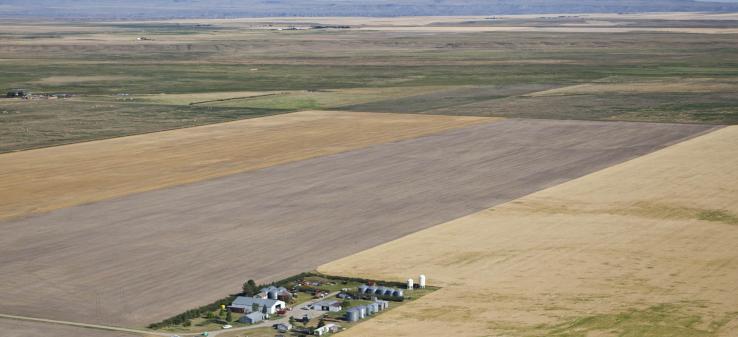New resource: Judith River Watershed Working Group website
A tributary of the Missouri River, the Judith River runs through central Montana with its headwaters in the Little Belt, Highwood, and Big Snowy Mountains. The river’s watershed is a productive agricultural region dominated by livestock, small grains, and forage production. Due to exceptionally shallow unconfined aquifers and gravelly soils, agricultural activities in the Judith River Watershed over the last century have gradually resulted in high levels of nitrate and low levels of herbicides in ground water, challenging farming communities to find workable solutions that address both water quality and soil health concerns while also sustaining local livelihoods.
Researchers within the Montana State University Department of Land Resources and Environmental Sciences, Montana Agricultural Experiment Station, and Extension Service have worked extensively with local producers and stakeholders to complete initial research on water chemistry and quality in the Judith River Watershed. The CREWS project will build upon these efforts with new scientific partnerships to determine key controls on movement of nitrate and residual herbicide through soils, groundwater and streams. We will work with community partners to evaluate and communicate the results of our studies.
CREWS researchers will investigate these systems at scales ranging from molecular science to studies of landscapes in order to understand drivers of nitrate and herbicide levels in groundwater. These efforts will lead to new technologies for removing nitrate and other contaminants from water systems.
JRW Team:
- JRW Lead: Stephanie Ewing (MSU)
- Mike DeGrandpre (UM)
- Erik Grumstrup (MSU)
- Julia Haggerty (MSU)
- Rob Payn (MSU)
- Joe Shaw (MSU)
- Jack Skinner (MTech)
- Rob Walker (MSU)
- Katherine Zodrow (MTech)
